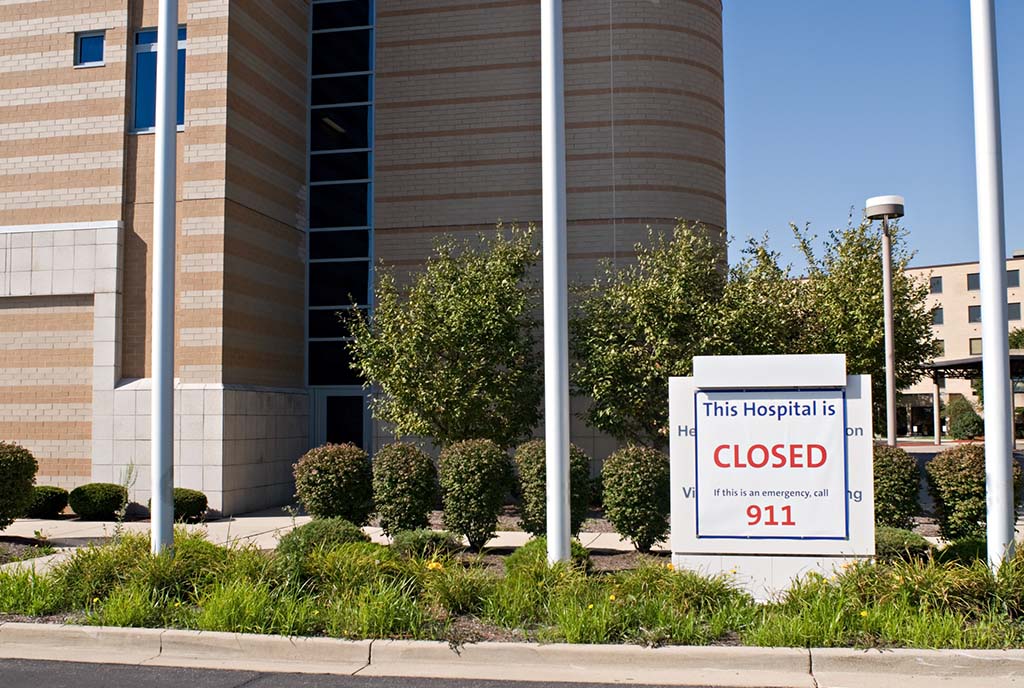January 17, 2015; InsuranceNewsNet.com (Baltimore Sun)
Maryland’s state exchange during the first year of the Affordable Care Act was pretty much of a dysfunctional mess. That was the challenge as much as any that impeded the Evergreen Health Co-op in its first year, leading to its signing up only 400 customers. This year, so far, it has signed up 2,129 customers, lagging behind CareFirst BlueCross Blue Shield’s 72,000 enrollees.
Last month, the co-op serving Iowa went under, finding itself undercapitalized for the number of customers it had signed up. Evergreen found itself not only undermined by one of the nation’s worst state exchanges, but having to face off against CareFirst, which, as Evergreen CEO Dr. Peter Beilenson noted, was “basically…a monopoly.”
Undercapitalized and restricted in what they could do with the federal start-up loans they received, the nonprofit health insurance cooperatives created under the Affordable Care Act have actually done better than expected. Although they enrolled as a total fewer customers than the government had projected, the Baltimore Sun’s Meredith Cohn says that much of the shortfall could be attributed to state health exchange dysfunctions. As our review of nonprofit health insurance cooperatives revealed, there were also fewer co-ops available than planned because in the budget deal Congress cut off funding for new cooperatives.
Sign up for our free newsletters
Subscribe to NPQ's newsletters to have our top stories delivered directly to your inbox.
By signing up, you agree to our privacy policy and terms of use, and to receive messages from NPQ and our partners.
Evergreen anticipates at least breaking even this year and beginning to pay back its $65 million in federal loans. To do so, Evergreen is going to have to do what other health insurance cooperatives have done, going after small business accounts and large employers’ business. In addition, Evergreen will have to market aggressively, lower premiums, and control costs. So far, Evergreen is one of nine co-ops that offer the lowest cost Silver plans in their states. Evergreen has added to its offerings by operating its own health centers, apparently the only one of the two dozen nonprofit co-ops in the nation to do so. The health centers have attracted consumers who didn’t already have health insurance, according to Beilenson.
The key to the health centers—and to the potential of the cooperatives in general—is focusing on preventive care, what might be considered health care as opposed to sick care. Cohn cites Jean Donnell, a resident of Pikesville, Maryland, whose church switched to Evergreen. Initially she was unhappy duo to her inability to keep her previous doctor, but she found herself “pleasantly surprised” by her treatment at Evergreen’s White Marsh health center.
“I’ve had nice doctors before and maybe I’d tell them some things,” she said, “but no one ever inquired about my health quite like this—and was willing to do something about it.”
Cohn reports that at the Evergreen health centers, “Doctors, nurses and staff ‘huddle’ each morning to discuss the day’s patients and who may need what services, which means everything from intervention in domestic violence situations to help quitting smoking.” According to Cohn, “Dr. Joy Baldwin, the center’s salaried doctor, also spends 30 minutes with each patient. At her previous job in a traditional medical office, she said she was often triple-booked for 15-minute appointments.”
Remember, there is a reason that the nonprofit health insurance cooperatives exist. It is because Congress nixed President Obama’s push for the “public option” to provide effective competition with the big insurers. Evergreen and the other co-ops are demonstrating competition as more than a matter of health insurance premiums. By emphasizing quality healthcare and preventive care, by offering better service, and by treating each customer, as Donnell put it, as a “whole person,” nonprofit insurance cooperatives like Evergreen are trying to change what Americans should accept as medical care. Whether or not as new start-ups that didn’t exist a couple of years ago these co-ops ever get to the scale to challenge the behemoth monopoly insurance providers, the cooperatives are providing yardstick competition in the U.S. medical system generating changes in what consumers should expect at the hands of doctors, hospitals, and insurance companies.—Rick Cohen











